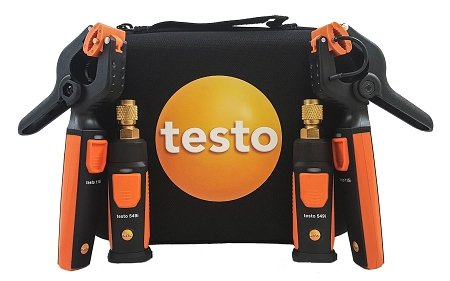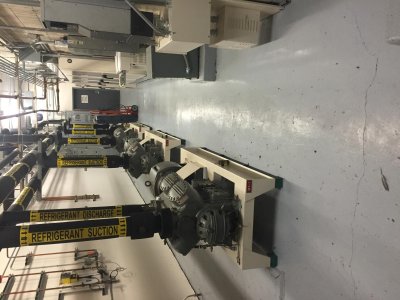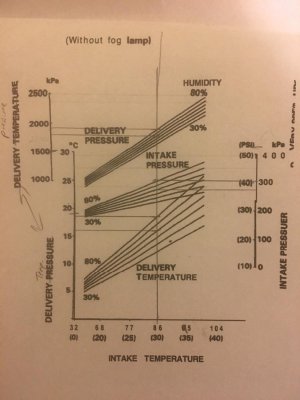I'm afraid normally, the new compressor is pre-filled with the specified amount/type of oil for the specific make/model of the car so if you are staying with R12, you must find the R12 compressor.
The compressor oil (ND-OIL8) inside P9K one is not compatible with R12 so you can't use it unless you are happy to overhaul the brand new compressor to wash off all the fresh oil.
Since you are in US, try contacting Denso North America or Denso Auto Parts for R12 compressor.
You can visit densoautoparts.com website and use 'find my part' feature but as you are looking for R12 spec compressor, best if you double check the parts # for R12 by contacting someone directly there.
This is because from time to time, they could be showing the superseded parts # that could be only for R134a since the R12 OEM compressor is discontinued.
If your local regulation allows you to re-charge the system with R12, then you may be able to find R12 compressor overhaul service with core exchange basis so that you don't have to wait for your own one to be serviced.
The base compressor design is 10PA15C and shared with many other make/model with just different mounting/pulley/CL design.
If your existing CL is still healthy, you can just re-use them.
Some people in Japan are using this type of service because R12 is much more efficient (cooling performance VS power consumption) than R134a although R12 is so expensive and hard to get these days.
In some countries, re-charging the system with R12 (regardless of whether it's fresh or recovered one) is illegal so no other option but to convert the system to later refrigerant system.
There are so called R12 substitute refrigerant on the market but I don't know its performance/efficiency plus how pure it is so may as well convert it to R134a instead of using such thing.
You mentioned that you had to re-charge the system and the compressor is making moaning sound.
Depending on how far you lost the refrigerant and how long you kept the compressor running under low refrigerant state, you may have splashed metal flakes inside the system.
Compressor oil travels through the system via refrigerant so if there is not enough refrigerant, the oil can't get back to compressor resulting in compressor pistons scratching the cyl wall splashing the metal flakes and eventually, results in seized compressor.
I always recommend the owners to disable the compressor if they lost the refrigerant too much.
I disabled my compressor when I noticed the accelerated refrigerant leakage due to puncture at the evaporator.
You can find my A/C refresh blog by searching for the key word 'ac refresh site:nsxcb.co.uk' or please browse through this category;
http://www.nsxcb.co.uk/blog.php?1811&blogcategoryid=42
Personally, I would flush the system before installing the new parts especially if you are installing the new compressor.
There are sophisticated AC service machine that can flush the entire system by connecting to the compressor hoses but not sure how effective it is.
Our NSX is using the classic condenser design so I prefer the ancient method of manually flushing each sections by disconnecting each pipes/parts.
If you look at the state of the oil from your existing compressor, you may be able to tell the contamination level.
You must replace the drier/filter whenever disturbing the pipe connection.
It doesn't have to be OEM but just pay attention to the cyl diameter. You can always use tyrap, if required.
As part of warranty purpose, the compressor manufacture may force you to replace both the drier and the exp valve (and normally recommended any way since there must be a good reason for replacing the compressor) when installing new compressor but because of its position and risk of seized fitting, as Jinks mentioned, I would first try without replacing it.
If blockage happens then you can first try replacing the valve by removing the blower motor fan unit under the bonnet and without taking out the entire dashboard.
It's your choice and you may have other reasons to stay with R12 but please balance the requirement and future service difficulty (regulation change, parts availability, cost, etc) as Jinks mentioned, converting to R134a could be better option if replacing the compressor although you need to decide how far you want to refresh the system.
Kaz







